Whispers in the canyons, fleeting shadows against the desert sun, a haunting howl echoing through the mountains—these are the hallmarks of the elusive Mexican gray wolf, or Lobo. This smallest and most genetically distinct subspecies of gray wolf treads a precarious line between survival and extinction, a phantom of the Southwest clinging to the remnants of its ancestral lands. More than just a predator, the Lobo is a symbol of the wild, a keystone species whose fate is inextricably linked to the health of its fragile ecosystem. Its story is one of persecution and resilience, of human intervention and the enduring power of nature. Here are some facts about the enigmatic Lobo, the Mexican gray wolf, a creature both feared and revered, a vital part of the American wilderness whose future hangs in the balance.
A Unique Species With Unique Vocalization
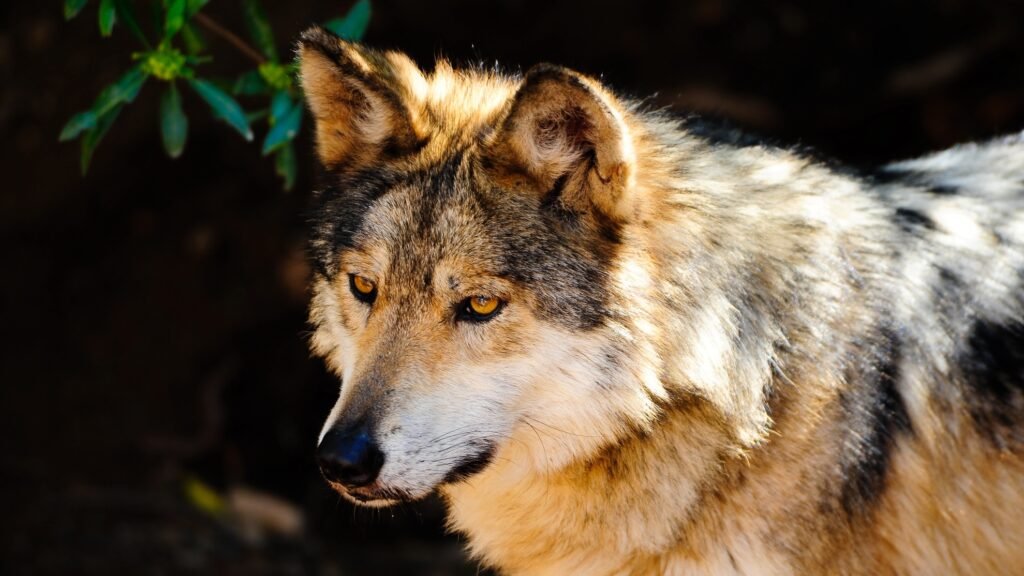
The Mexican gray wolf, Canis lupus baileyi, is the smallest and southernmost North American gray wolf subspecies. While sharing typical canid traits—powerful jaws, keen senses, and pack structure—the Lobo has unique physical and behavioral characteristics. Its coat, a mix of gray, brown, black, and rust, often has richer reddish-brown tones. But its most distinctive trait is its complex vocalization. Studies show Lobos use a wider range of howls and barks, with diverse frequencies and inflections, potentially reflecting complex social dynamics within smaller, dispersed packs in their historically arid habitat. This vocal complexity may have evolved for long-distance communication in the broken terrain of their southwestern range.
Historical Habitat and Range

Historically, the Mexican gray wolf roamed vast expanses of the southwestern United States and Mexico. These wolves primarily inhabited mountainous regions, prairies, and scrublands. However, due to human activities, their range has seen drastic reductions over the decades.
The Distinctive Appearance
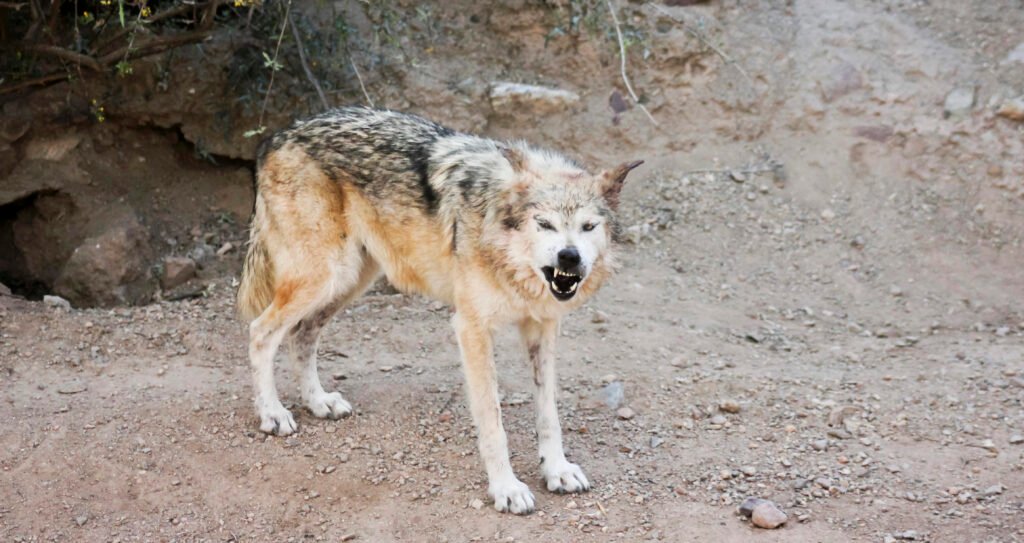
Morphologically, the Mexican gray wolf is smaller than other gray wolf subspecies. Typically, it has a distinct coat featuring a mix of gray, black, and brown hues, with some wolves showcasing striking facial markings that make them easily identifiable when compared to their northern relatives.
Behavior and Social Structure
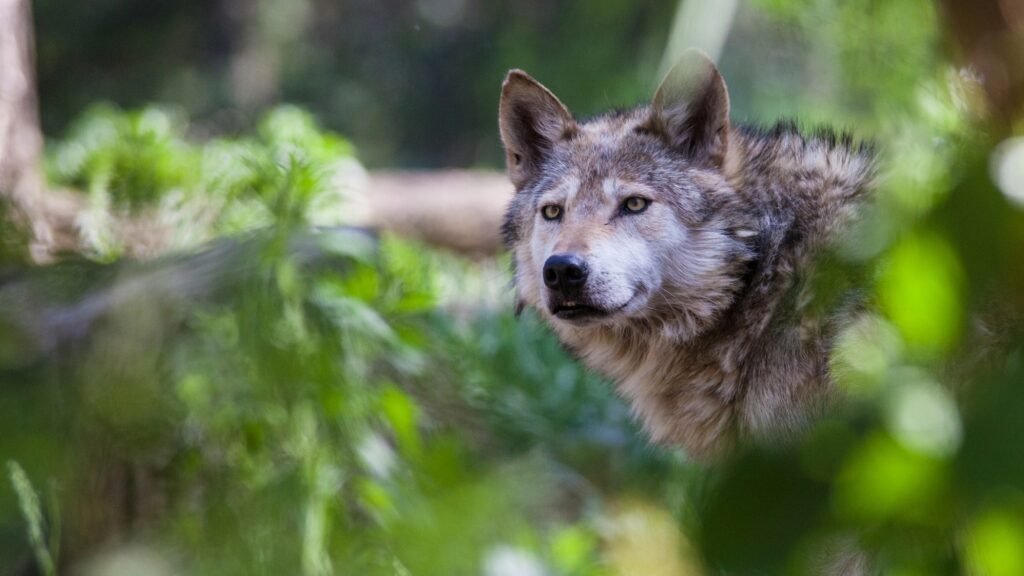
Like other wolves, the Mexican gray wolf thrives in a pack environment. These social animals operate within a hierarchical structure led by an alpha pair. Their complex social behaviors include cooperative hunting and pup-rearing, underlining the importance of the pack to the individual wolf’s survival and well-being.
Diet and Hunting Strategy

The diet of the Mexican gray wolf predominantly consists of ungulates such as deer and elk. Their hunting strategy is intricate and relies heavily on cooperation among pack members. They track and pursue prey collectively, ensuring successful hunts that provide sustenance for the whole pack.
Conservation Triumphs and Challenges
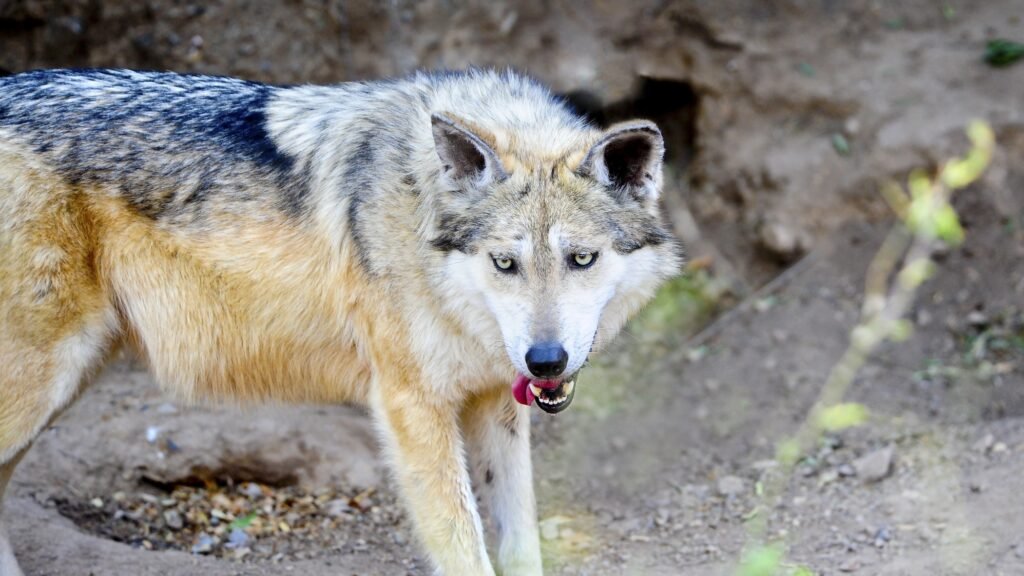
The “lobo” is the most genetically distinct lineage of gray wolves in the Western Hemisphere. Once nearly driven to extinction, the Mexican gray wolf is considered one of North America’s most endangered mammals. , and one of the most endangered mammals in North America. Conservation efforts, including breeding programs and habitat restoration, have been crucial. However, the challenges are ongoing, with habitat loss and illegal poaching persisting as significant threats.
Genetic Diversity Issues
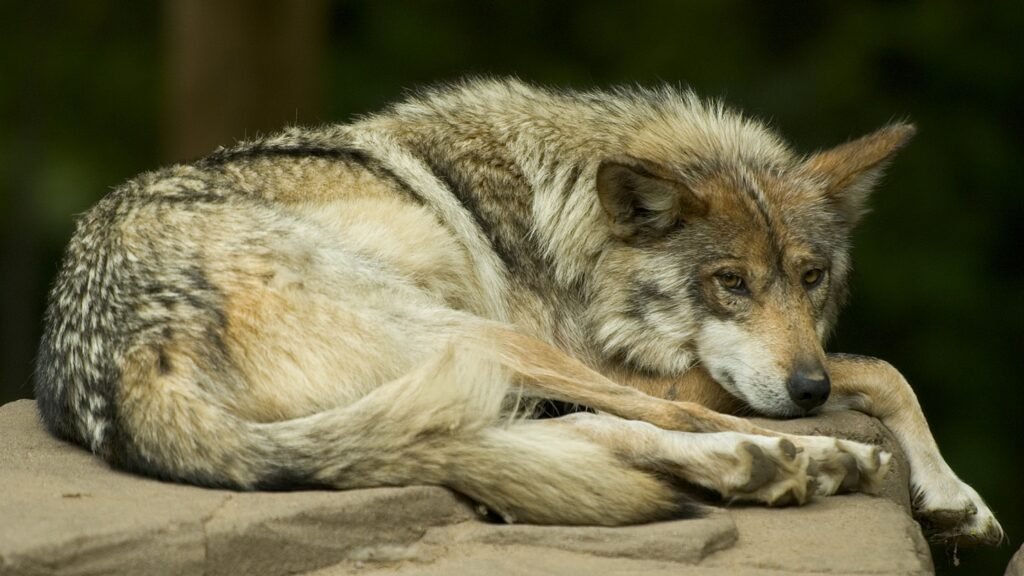
Mexican Grey Wolf lounging. Image by Marumari, CC BY-SA 3.0, via Wikimedia Commons
The limited population size of Mexican gray wolves raises concerns about genetic diversity. Inbreeding can lead to health problems and decreased adaptability. Conservationists are actively working to introduce new genetic lines to the population to bolster their genetic variability and resilience.
Reintroduction Programs
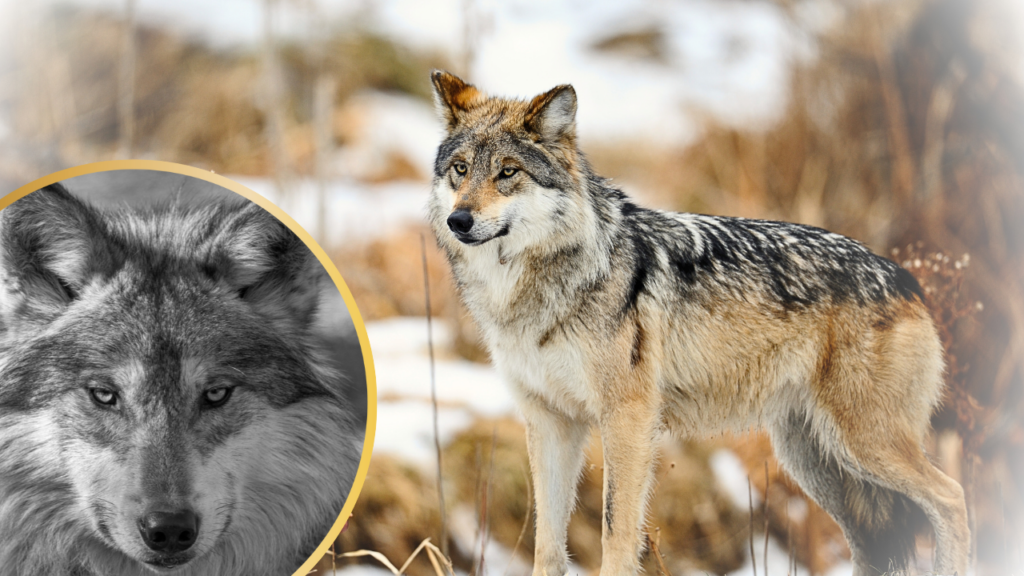
Reintroduction programs have been pivotal in the survival of the Mexican gray wolf. The U.S. Fish and Wildlife Service initiated reintroduction efforts in the late 1990s in regions like Arizona and New Mexico. These programs aim to establish stable, self-sustaining wolf populations in their native habitats.
Human-Wolf Conflict
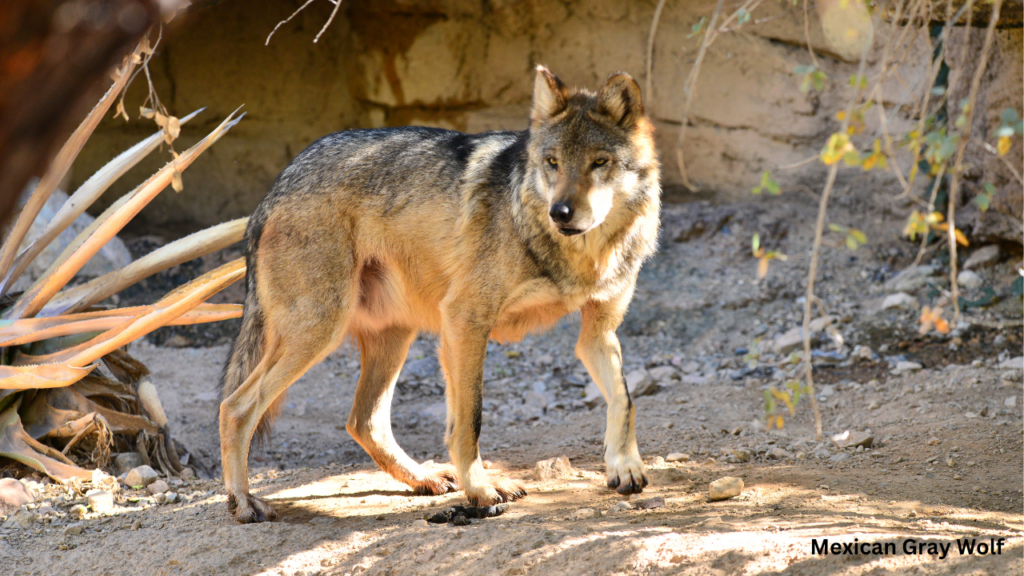
As with many large predators, the Mexican gray wolf often finds itself in conflict with human interests. Livestock predation is a primary concern for ranchers, leading to tension between conservation entities and local communities. Solutions typically involve compensation programs and efforts to mitigate wolf-livestock interactions.
Role in Ecosystem Balance
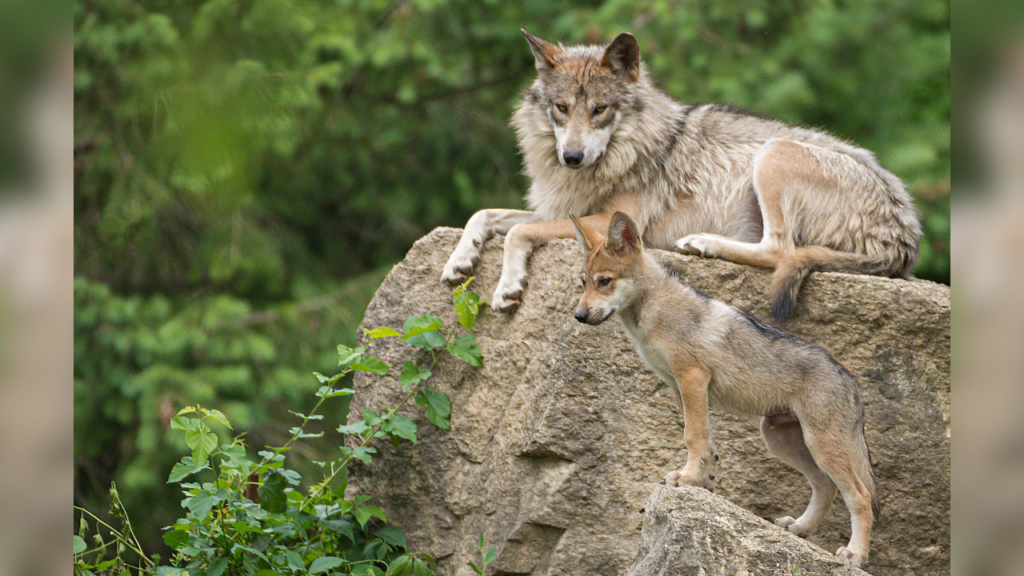
The importance of the Mexican gray wolf in maintaining ecosystem balance cannot be overstated. As apex predators, they help regulate prey populations, which in turn affects plant life and broader ecological dynamics. Their presence indicates a healthy, functioning ecosystem. Raising awareness and educating the public about the Mexican gray wolf’s plight is crucial for its conservation. Many organizations work to inform communities about the ecological benefits of wolves and how to coexist peacefully with these majestic creatures, fostering a future where humans and wolves can thrive together. The Mexican gray wolf stands as a symbol of resilience and the ongoing struggle between conservation needs and human interests. By understanding and appreciating these magnificent animals, we can work towards a future where the lobo once again roams its native lands freely.

Andrew Alpin from India is the Brand Manager of Doggo digest. Andrew is an experienced content specialist and social media manager with a passion for writing. His forte includes health and wellness, Travel, Animals, and Nature. A nature nomad, Andrew is obsessed with mountains and loves high-altitude trekking. He has been on several Himalayan treks in India including the Everest Base Camp in Nepal.






